Green offices hit the market
According to Savills' report, supply in the second quarter of 2024 increased by 2% compared to the previous quarter, bringing the total office floor area to 2.8 million m2 of leasable area from 386 projects. Of which, there are 3 new projects in the non-central area, continuing to promote the market to develop in a balanced and sustainable manner across the city. The average office rent increased by 2% quarter-on-quarter and 8% year-on-year to VND815,000/m2/month. The occupancy rate reached 89%, down 1 percentage point quarter-on-quarter and 2 percentage points year-on-year, mainly due to the low capacity of new supply.
In the Grade A office segment alone, non-CBD projects performed strongly, with occupancy rates increasing 6 percentage points quarter-on-quarter to 84%, the highest among all categories. The average rental price also reached VND1.1 million/m2/month, up 5% from the previous quarter. The report noted that some Grade A projects had good absorption rates such as The METT, The Hallmark and The Nexus.
According to Ms. Tu Thi Hong An, Senior Director of Commercial Leasing at Savills Vietnam, the overall market occupancy rate remained almost unchanged in the first 6 months of the year. In other words, this means that net rentals are equivalent to new supply.
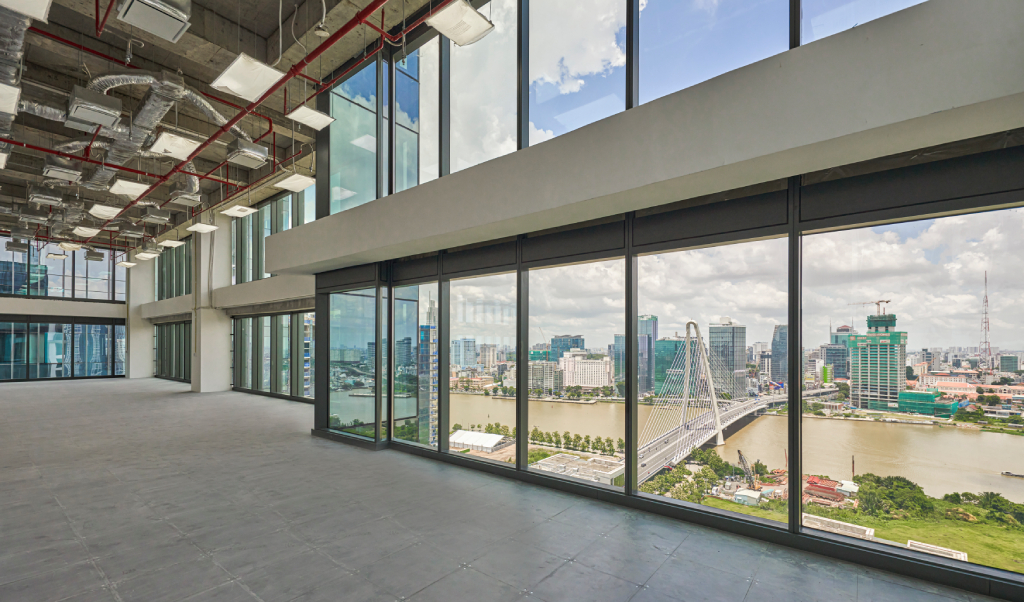
Non-CBD Grade A projects record rapid occupancy in the first half of 2024
"This trend is correlated with strong economic growth, demand exceeding supply in the context of the market recording many new trends such as the work-from-home model, technology application in the workspace. Therefore, with the absorption rate equivalent to the new supply, we predict that office rental prices in Ho Chi Minh City will begin to stabilize in the next 3 years," Ms. An analyzed.
The Savills expert also pointed out a notable point: green office projects, when sustainable office space is becoming a mandatory standard for many multinational corporations. In developed markets such as Singapore, Shanghai, Hong Kong, the proportion of green buildings as well as the leasable floor area is much larger than in Ho Chi Minh City and Hanoi . Meanwhile, this ratio in the two main cities of Vietnam is still below 25% and future supply growth is quite limited.
Hanoi and most major markets in the region are now tenant markets. In contrast, the HCMC market will continue to see landlord strength. In this market, Grade A office vacancy is below 10% and green buildings are lower than before. Most foreign companies will be looking for luxury offices, thus creating an undeniable advantage for these buildings over older buildings. This dynamic will continue to develop in the future thanks to this unique supply-demand relationship.
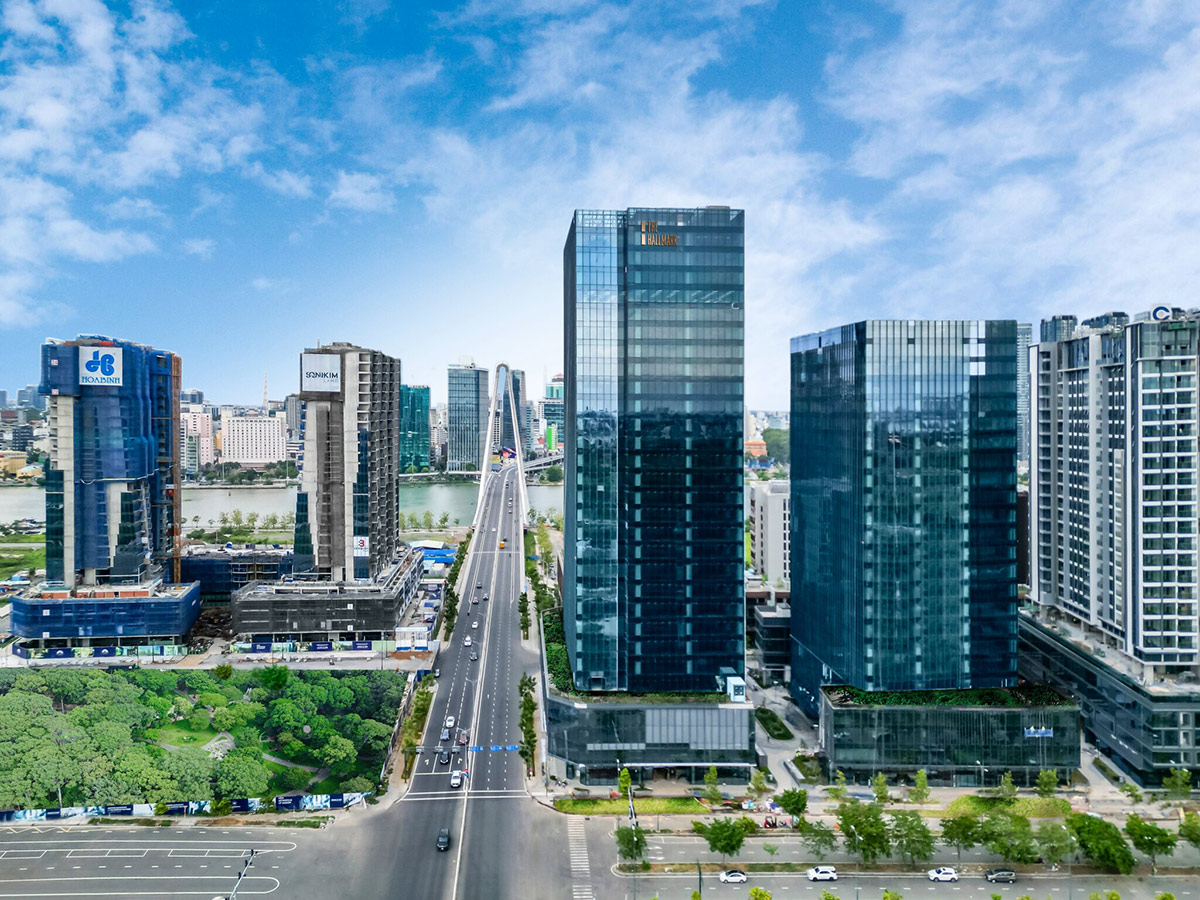
Foreign companies are flocking to seek Grade A offices.
Retail "blooms" thanks to domestic economic recovery
In the retail sector, Ms. Tu Thi Hong An pointed out a prominent trend when F&B tenants are driving expansion demand in Ho Chi Minh City as well as neighboring markets such as Bangkok and Singapore.
“These are the changes that we can see in reality. Many F&B models in the market, from fast food, cafes, drinks, bars and clubs, casual to high-end restaurants are in need of expansion. Therefore, in this playground, both domestic and international players are increasingly crowded. On a smaller scale, we see quite dynamic lifestyle sports and wellness features in the market,” said Ms. An.
Savills experts also cited Nitori, a Japanese home and furniture retailer, which has just entered the market with 5 stores with the ambition to grow as fast as Muji. Muji itself also plans to open 100 more stores across Southeast Asia, focusing on the Vietnamese market. As for Miniso, this famous retailer also has an ambitious plan to open 350 to 400 stores across Southeast Asia, also targeting the Vietnamese market.
Meanwhile, jewelry, watch, fashion and other luxury retailers are only expanding in a few selected locations with strict standards that neither Hanoi nor Ho Chi Minh City offers much. Therefore, these units have to be very creative in their expansion strategies, such as tourist hotspots, multi-channel and pop-up store models, so exploring different innovative retail formats will help them increase their social media visibility and thus improve their online and physical stores.
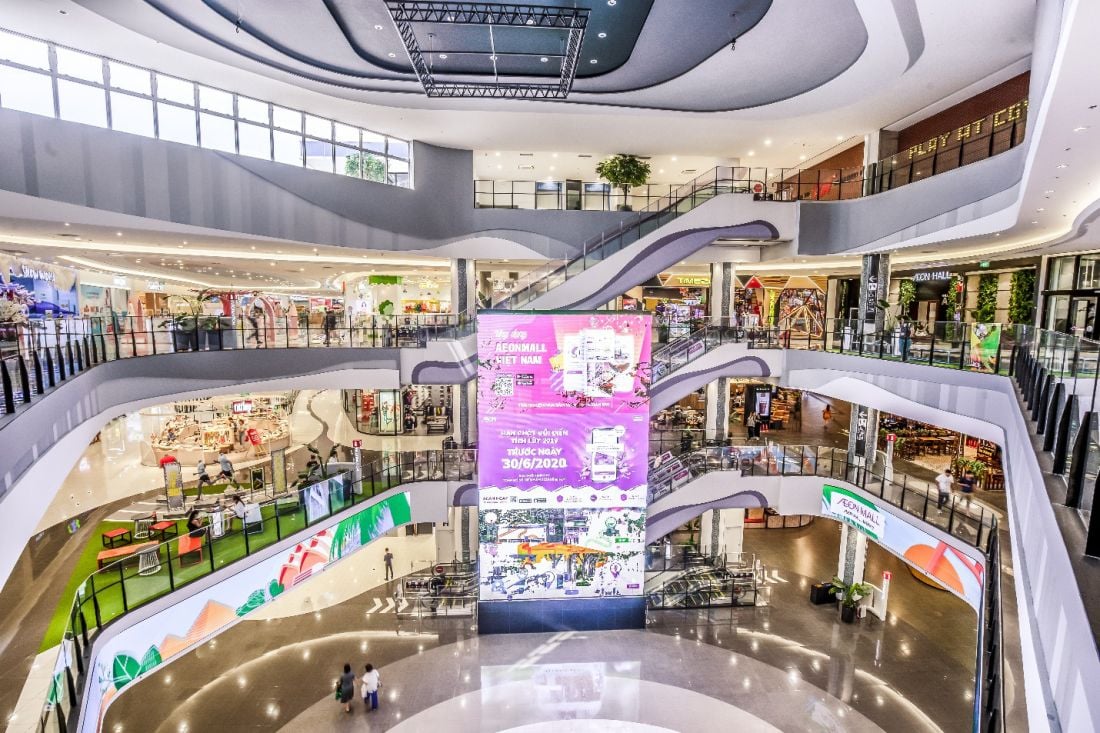
Many international retail brands are also expanding their development in the Vietnamese market.
Savills' report recorded that transactions in the first 6 months of 2024 reached an average size of 256 m2 NLA, up 26% year-on-year as brand chains such as Muji, Poseidon, Uniqlo expanded. The fashion industry accounted for 35% of the leasable area, followed by F&B with 30%; home appliances & furniture 15% and entertainment 11%.
From a general market perspective, Ms. Cao Thi Thanh Huong, Senior Manager of Research Department, Savills HCMC, commented that the strong recovery of the domestic economy has promoted the development of the retail industry, attracting new brands to enter the market and continue to expand.
In Ho Chi Minh City, a young population, growing middle class and rising wealth will contribute to the expansion of modern retail market share. According to Oxford Economics, consumer spending in Ho Chi Minh City is forecast to increase by 8.4% by 2025. Modern retail in this market of more than 13 million people will also account for 50% of the market share of retail channels by 2025.
In the second quarter, the supply of retail space for lease increased by 1.5 million square meters, up 2% after the opening of the Vincom Mega Mall Grand Park project. New retail supply continued to shift to non-CBD areas with 75% of total future supply. The total market occupancy rate reached 94%, up 2 percentage points quarter-on-quarter and 3 percentage points in the second quarter of 2024. The occupancy rate in the central and inner-city areas increased slightly by 1 percentage point.
Ground floor rental price reached VND1.3 million/m2/month, stable quarter-on-quarter and increased 3% year-on-year thanks to 20% of total supply in HCMC having increased rental price as investors stopped preferential policies.
Source: https://www.congluan.vn/thi-truong-van-phong-va-ban-le-tai-tp-hcm-ghi-nhan-nhieu-dien-bien-tich-cuc-post303798.html


![[Photo] The 1st Congress of Phu Tho Provincial Party Committee, term 2025-2030](https://vphoto.vietnam.vn/thumb/1200x675/vietnam/resource/IMAGE/2025/9/30/1507da06216649bba8a1ce6251816820)
![[Photo] Solemn opening of the 12th Military Party Congress for the 2025-2030 term](https://vphoto.vietnam.vn/thumb/1200x675/vietnam/resource/IMAGE/2025/9/30/2cd383b3130d41a1a4b5ace0d5eb989d)
![[Photo] Panorama of the cable-stayed bridge, the final bottleneck of the Ben Luc-Long Thanh expressway](https://vphoto.vietnam.vn/thumb/1200x675/vietnam/resource/IMAGE/2025/9/30/391fdf21025541d6b2f092e49a17243f)

![[Photo] President Luong Cuong receives President of the Cuban National Assembly Esteban Lazo Hernandez](https://vphoto.vietnam.vn/thumb/1200x675/vietnam/resource/IMAGE/2025/9/30/4d38932911c24f6ea1936252bd5427fa)
![[Photo] General Secretary To Lam, Secretary of the Central Military Commission attends the 12th Party Congress of the Army](https://vphoto.vietnam.vn/thumb/1200x675/vietnam/resource/IMAGE/2025/9/30/9b63aaa37ddb472ead84e3870a8ae825)





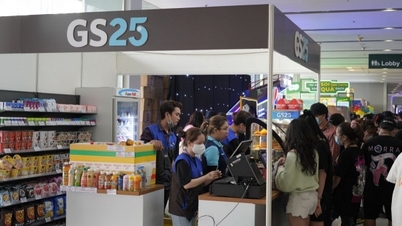

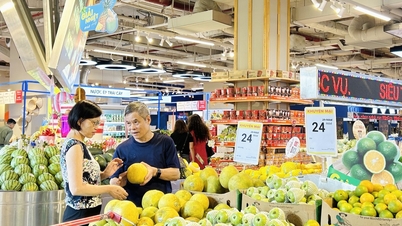

















































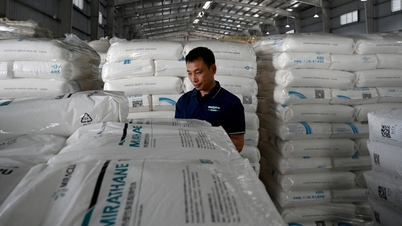

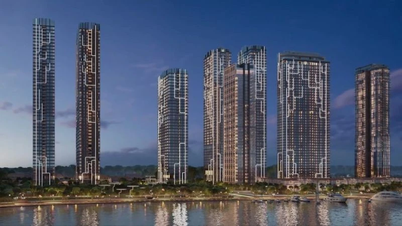














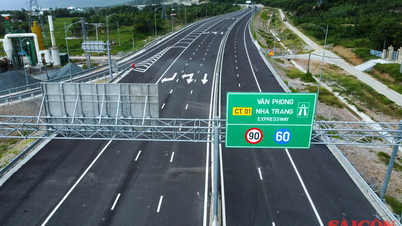



















Comment (0)